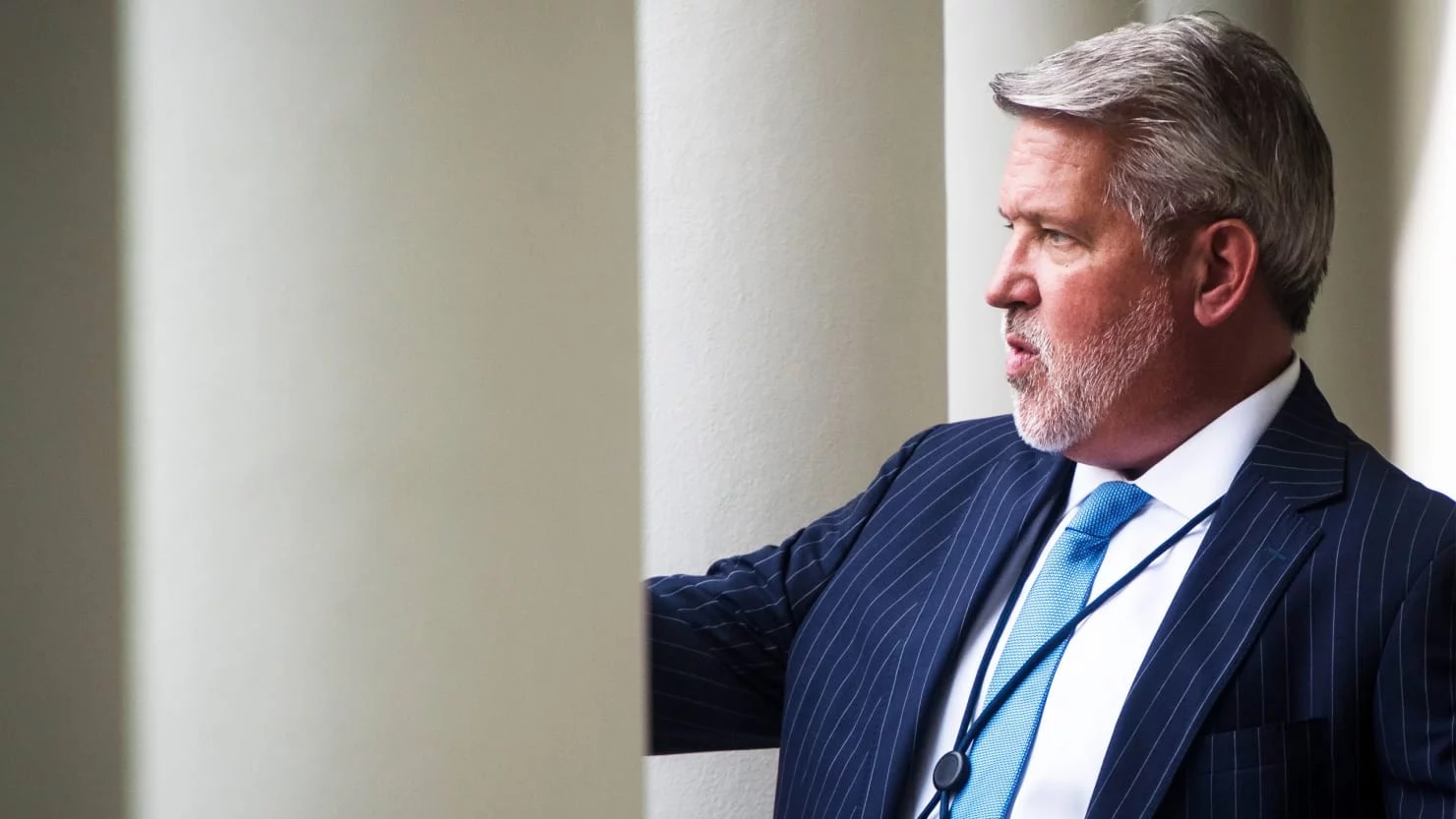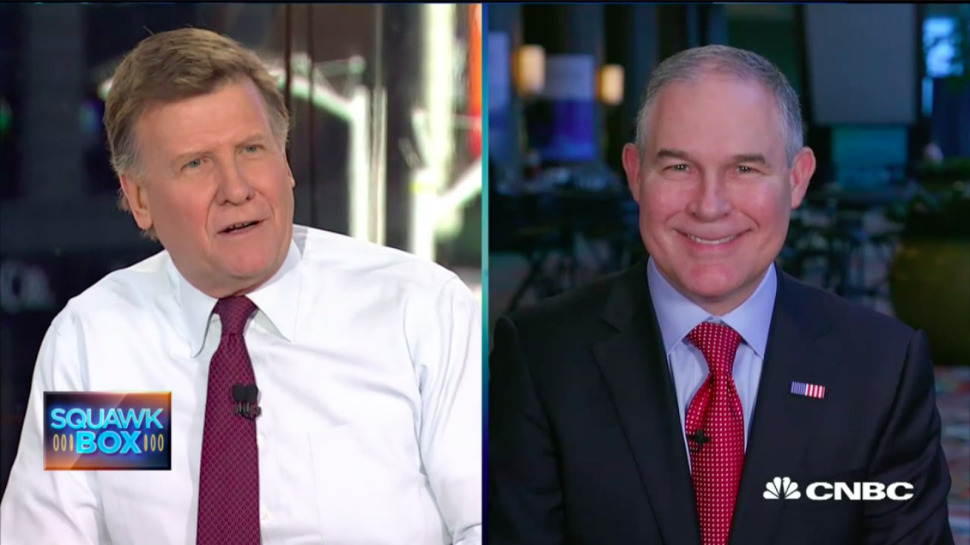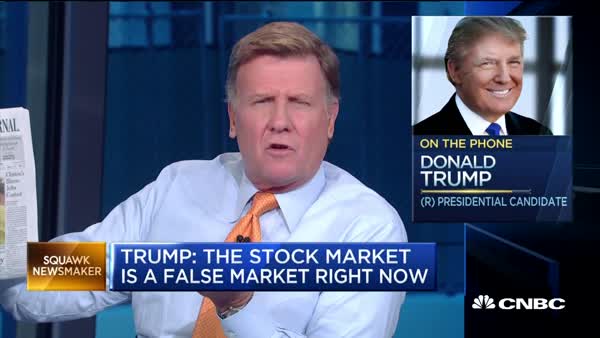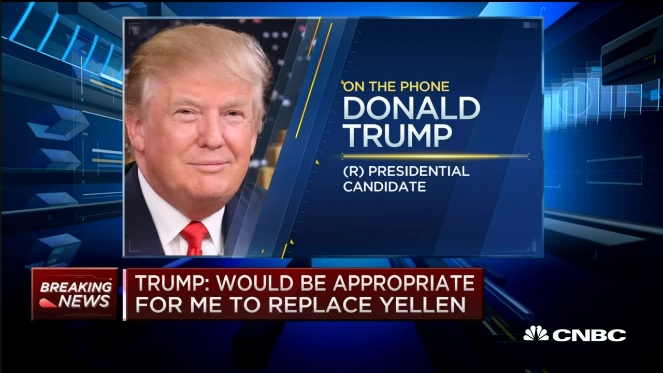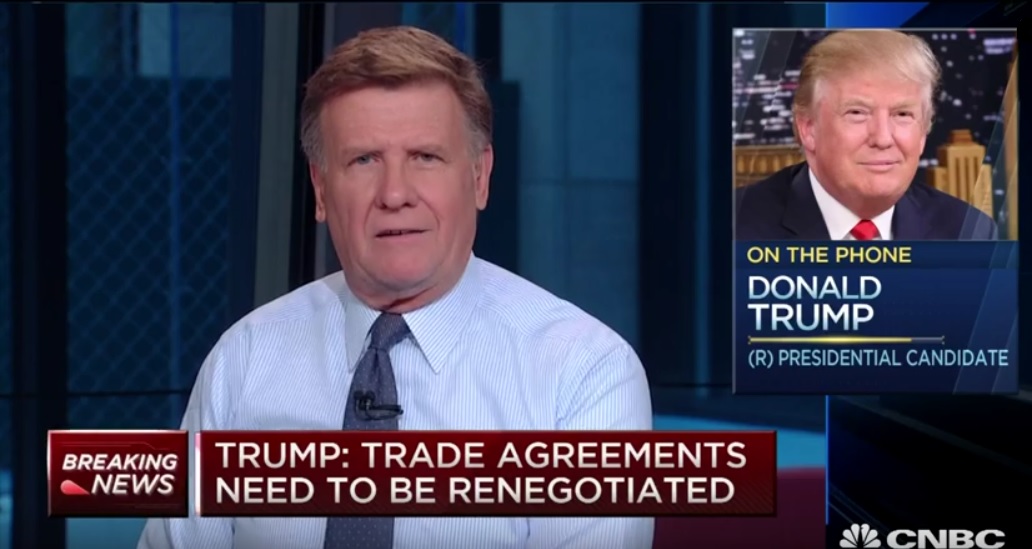Trump: Now Ford can build Focus in U.S.; Ford: That makes no sense
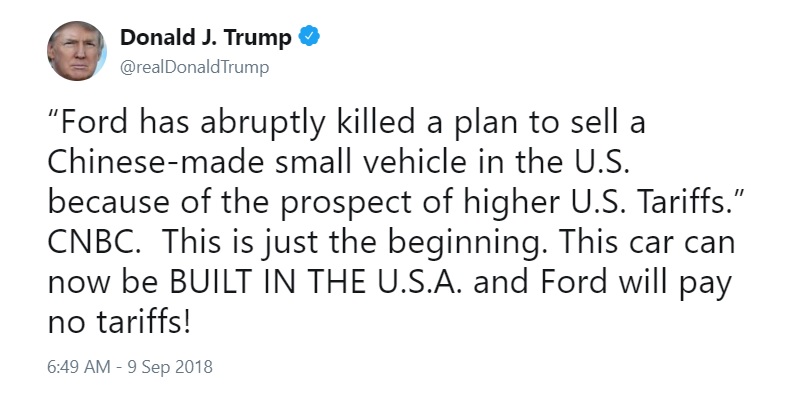
Auto analysts groaned on Sunday in response to tweets sent by President Trump that touted his tariffs on Chinese imports and his claim that the trade war would inspire Ford Motor Co. to build its Ford Active crossover in the U.S. rather than overseas.
Wrong, Ford said.
The Dearborn-based company issued a statement in response to the president’s tweet:
“It would not be profitable to build the Focus Active in the U.S. given an expected annual sales volume of fewer than 50,000 units and its competitive segment. Ford is proud to employ more U.S. hourly workers and build more vehicles in the U.S. than any other automaker.”
“Ford has abruptly killed a plan to sell a Chinese-made small vehicle in the U.S. because of the prospect of higher U.S. Tariffs.” CNBC. This is just the beginning. This car can now be BUILT IN THE U.S.A. and Ford will pay no tariffs!
— Donald J. Trump (@realDonaldTrump) September 9, 2018
Jon Gabrielsen, a market economist who advises automakers and auto suppliers, said, “This is further evidence that neither the president nor his trade representatives have any clue of the complexities of global supply chains.”
A trade war actually hurts one of America’s most iconic companies, Gabrielsen said. “This forces Ford to forfeit the sales they would have had if they could continue to import that low-volume niche vehicle.”
Ford on Aug. 31 canceled plans to import the Focus Active crossover from China to the United States because of costs from the escalating trade war.
“Given the negative financial impact of the new tariffs, we’ve decided to not import this vehicle from China,” Kumar Galhotra, president of Ford North America, told reporters.
The Focus Active was meant to take the place of the Ford Focus in the U.S. because Ford is phasing out the entry-level car as it shifts its production to pickups and SUVs. Focus Active was scheduled to go on sale in the late summer of 2019.
“Basically, this boils down to how we deploy our resources. Any program that we’re working on requires resources — engineering resources, capital resources,” Galhotra said. “Our resources could be better deployed at this stage.”
Tariffs imposed by President Donald Trump on Chinese products and the threat of more had a direct impact on the Aug. 31 decision, according to Ford officials. The United States already has imposed tariffs on steel and aluminum from China and, as of July, put a 25 percent tax on autos imported from China.
“Ford was pretty clear in its statement: Focus production will not shift in part or in whole back to the U.S.,” said Stephanie Brinley, a senior analyst at London-based IHS Markit.
Trump didn’t tweet about the Ford announcement at the time. On Sunday, he quoted the CNBC TV network and tweeted, “‘Ford has abruptly killed a plan to sell a Chinese-made small vehicle in the U.S. because of the prospect of higher U.S. Tariffs.'” CNBC. This is just the beginning. This car can now be BUILT IN THE U.S.A. and Ford will pay no tariffs.”
“Ford is one of the companies that has the highest U.S. content and the most U.S. autoworkers of any company,” said Kristin Dziczek, vice president of the Industry, Labor & Economics Group at the Center for Automotive Research in Ann Arbor.
“You know, their statement was very clear. It’s too costly to build that car here and they weren’t planning to. They don’t make business decisions based on tweets. They make decisions based on whether there’s a demand here for the vehicle and if it can be done profitably. Demand for small cars is waning, so they thought they would build some for the rest of the world and bring a few for folks here who want one,” Dziczek said.
Building the car may still be the plan, but not in the U.S., she emphasized, along with other analysts. At issue is finding low-wage production sites to maintain profit margins, and that doesn’t include the U.S. or Canada.
“This trade thing turns into Whac-A-Mole,” Dziczek said. “You can shut off China and things will come from India, Thailand, Taiwan, Poland, Slovenia. There are loads of low-cost countries for parts and vehicles.”
After touting his tariff plan, the president also cited tariff data that alarmed analysts.
“If the U.S. sells a car into China, there is a tax of 25%. If China sells a car into the U.S., there is a tax of 2%. Does anybody think that is FAIR? The days of the U.S. being ripped-off by other nations is OVER!”
Wrong again, Dziczek said. “China lowered the tariff rate from 25 percent to 15 percent for most-favored nation status — which is offered to World Trade Organization members — but raised it to 40 percent for the U.S. in retaliation to the tariffs we put on Chinese goods.”
She continued, “And the tariffs we charge for goods coming into the U.S. is 2.5 percent, not 2 percent. And then we put an additional 25 percent on cars coming from China into the U.S. So now they’re paying 27.5 percent. This is why Ford had to re-evaluate.”
American automakers ship about 250,000 vehicles a year from the U.S. to China, while China ships about 50,000 vehicles to the U.S. annually, Dziczek noted.
For example, every Buick Envision sold in the U.S. is made in China. General Motors has petitioned that the car be excluded from tariffs on Chinese-built products.
If the U.S. sells a car into China, there is a tax of 25%. If China sells a car into the U.S., there is a tax of 2%. Does anybody think that is FAIR? The days of the U.S. being ripped-off by other nations is OVER!
— Donald J. Trump (@realDonaldTrump) September 9, 2018
Ford spokesman Mark Truby emphasized Sunday that the company plans to build many new vehicles in America. “For example, we are starting production soon of the Ford Ranger in the factory just outside of Detroit where the Focus was previously built. We’re not defensive about building in America. Nobody does more than us. We also have to make a business case that works.”
